You have choices, make the right choice
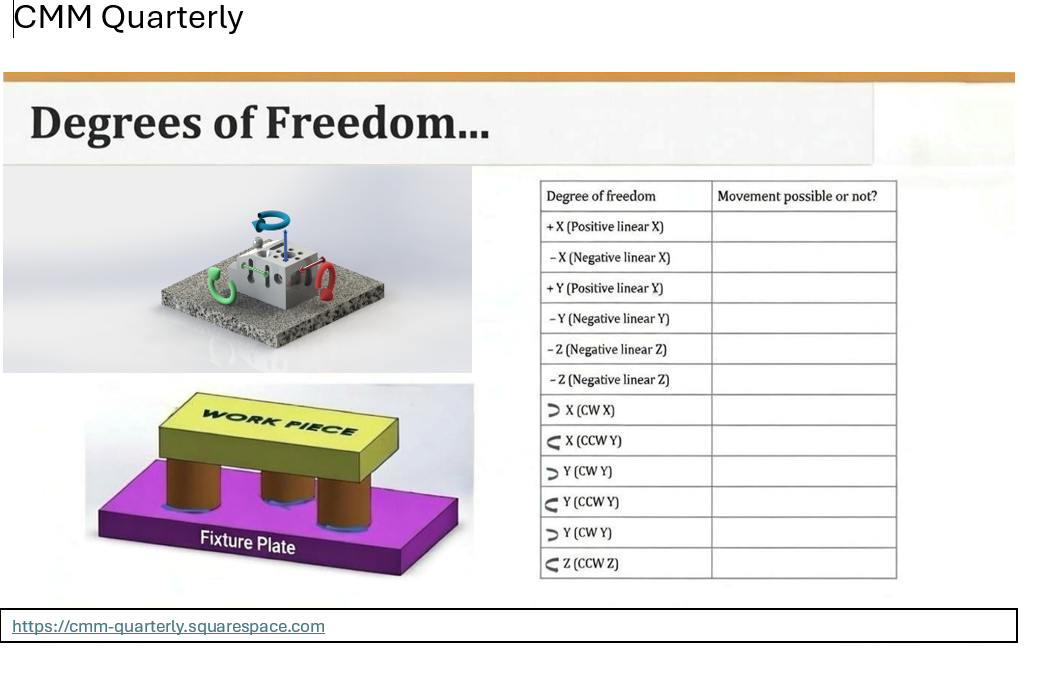
Degrees of Freedom Checklist
In the world of Coordinate Measuring Machine (CMM) programming, accuracy begins long before a probe touches a part. The foundation of every precise measurement is fixturing. To measure a part accurately and repeatably, a programmer must first understand how to physically and mathematically "lock" that part in space. This process is known as constraining its Degrees of Freedom (DOF).
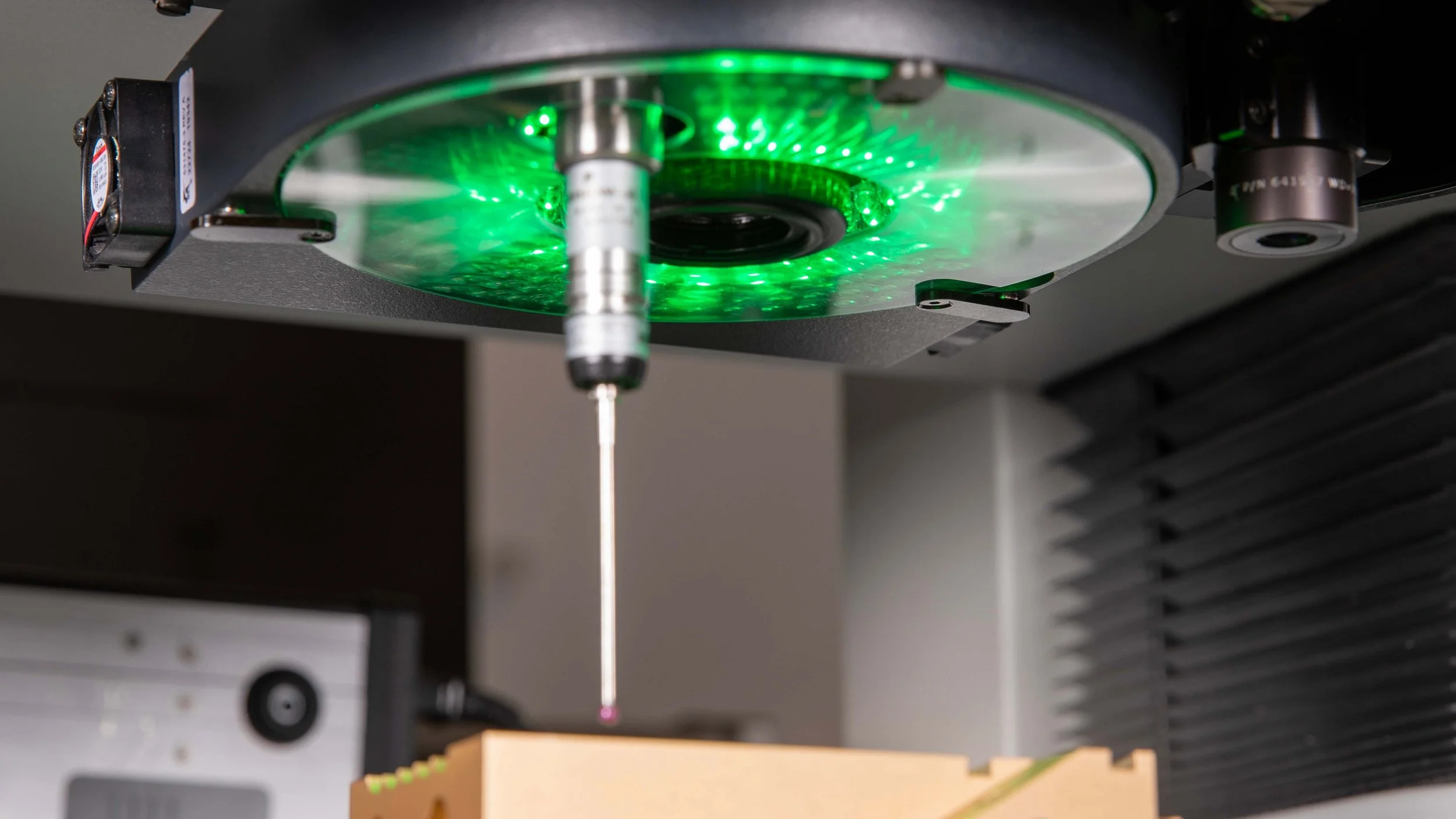
Multisensor Metrology Systems: The Latest Advancements
The technology available to today’s modern manufacturers – allowing them to create complex parts quickly – is better than ever. Advancements in core production and fabrication equipment are seemingly endless.

Mitutoyo underscores strategic metrology partnership with Sariki
Metrology company Mitutoyo Japan has reaffirmed its commitment to the European market by selecting Sariki as one of its key strategic partners and sending a high-level delegation to Spain.
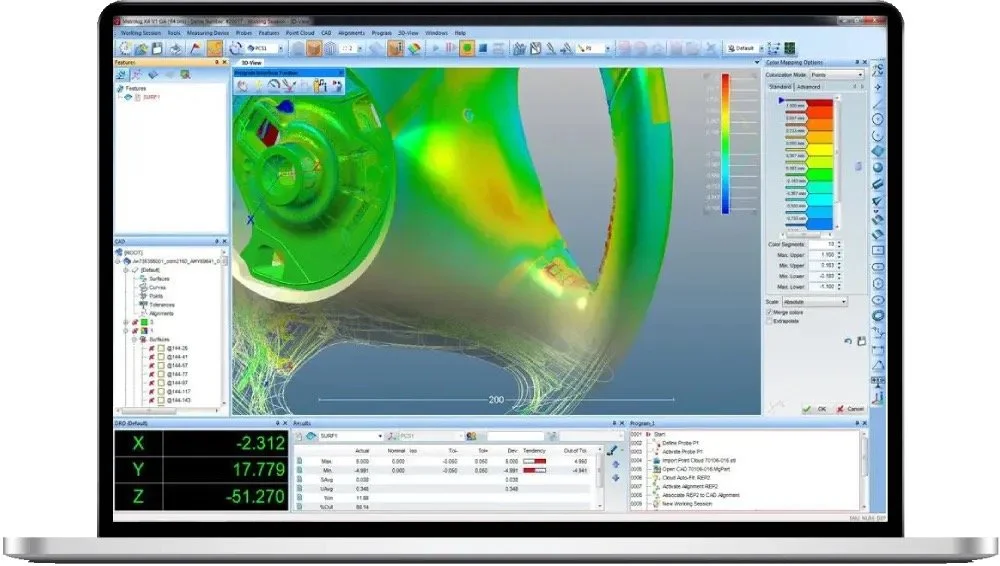
Why Invest in User-Friendly 3D Metrology Software
In the fast-paced world of modern manufacturing, the metrology industry faces unprecedented pressures. With global demands for higher production volumes, stricter quality standards, and shorter lead times, metrologists must navigate complex challenges while ensuring precision and efficiency.
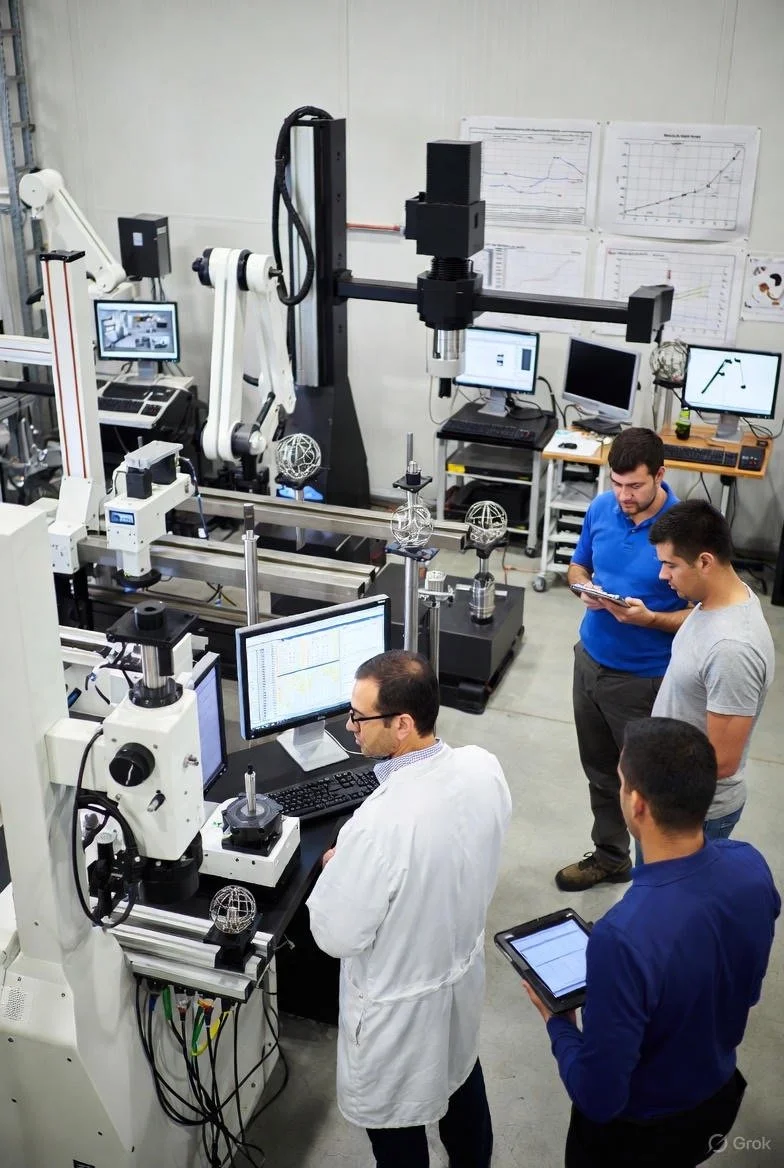
Mastering CMM Correlation: A Guide to Validating Upgrades and Avoiding Costly Mistakes
In the ever-evolving field of dimensional metrology, integrating cutting-edge measurement technologies into established quality assurance workflows presents a formidable challenge.
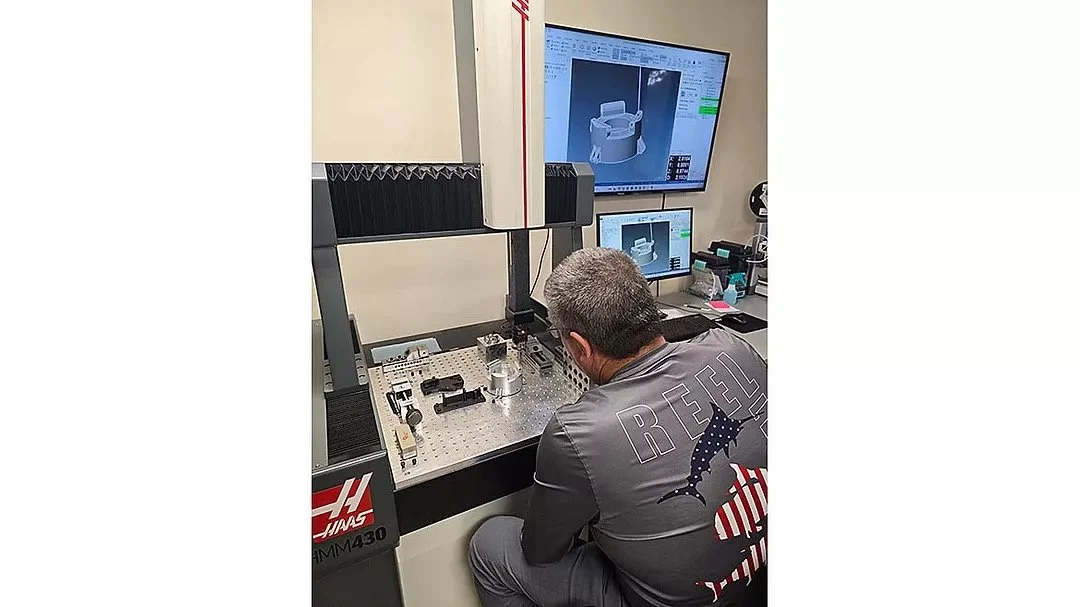
Somebody Always Has to Go First: Grand Traverse Tool Becomes First Haas CMM Customer with Verisurf Software Integration
Traverse City, Michigan, has a long history of “firsts” in American manufacturing. In the 1940s, it was here that the first NC machine tool (Numerically Controlled) was developed to produce complex helicopter blades - an innovation that would forever change the aerospace industry.
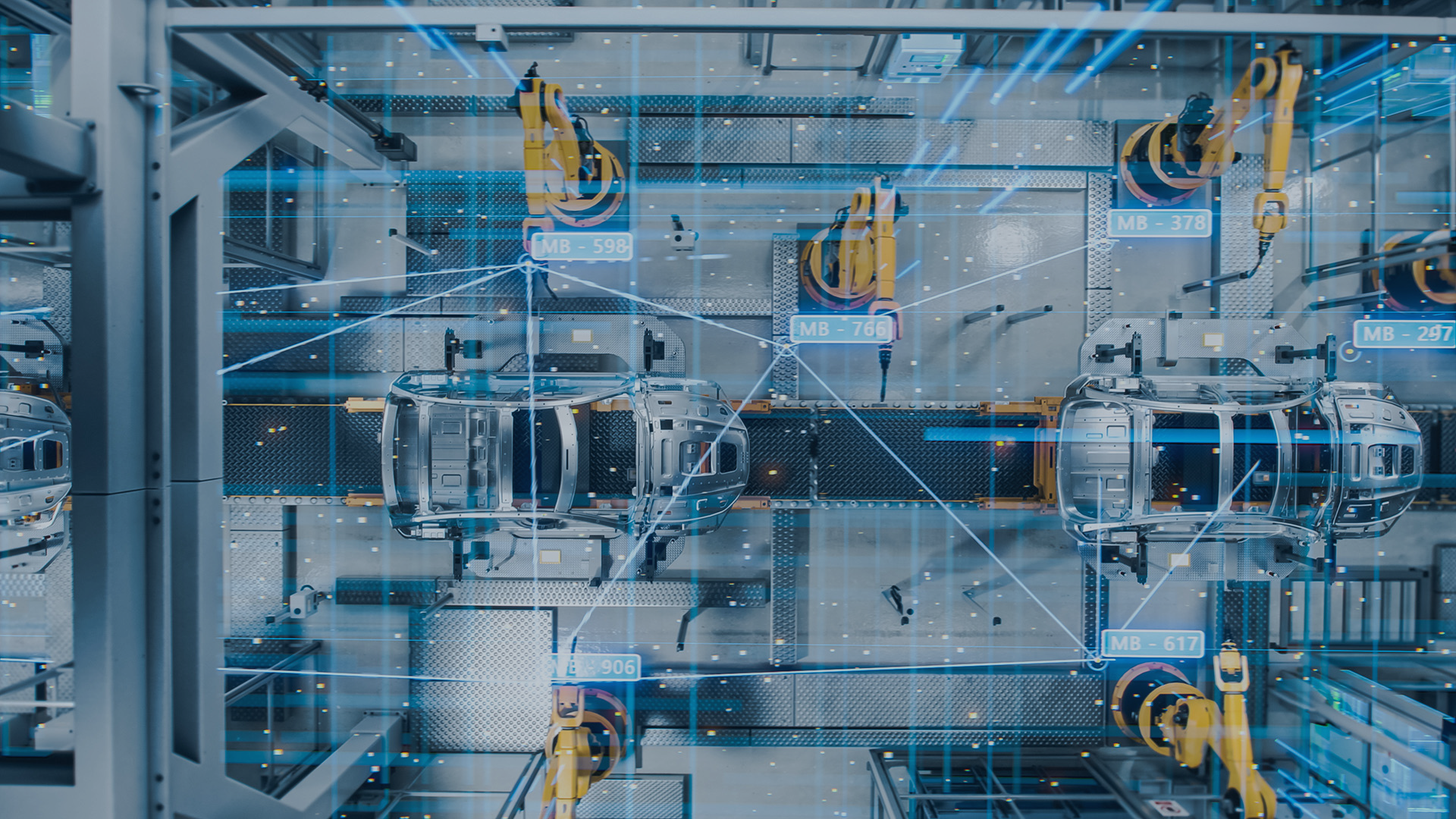
How to choose the right 3D measuring system
Metrology has undergone a significant evolution with the advent of 3D measurement and scanning technologies. By 2025, the global 3D scanning market alone is expected to reach $53,345 million, according to Allied Market Research. Indeed, the global manufacturing industry is currently undergoing radical transformations thanks to the harnessing of the capabilities of 3D measurement devices.
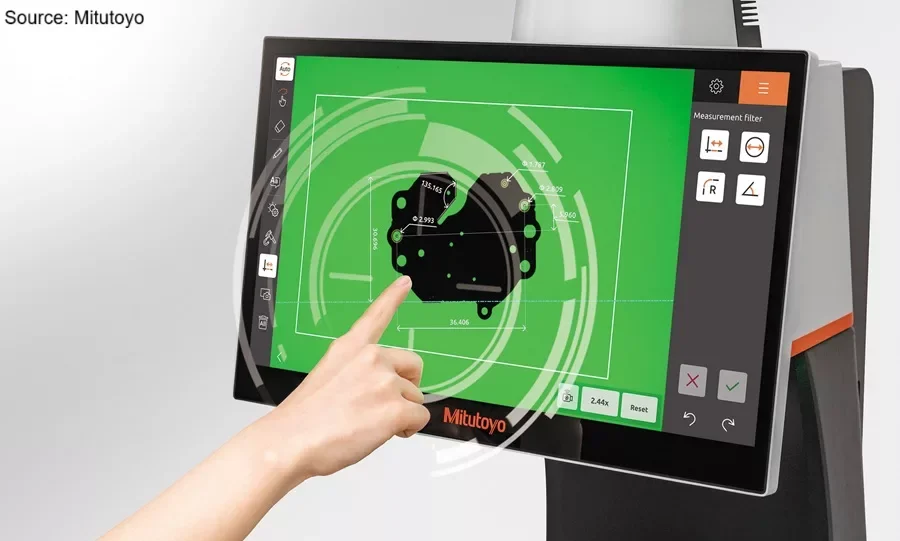
Mitutoyo QM-Fit Measurement System
Mitutoyo America Corporation introduces the QM-Fit Smart Vision System. The QM-Fit represents a step forward in optical metrology. The system features a wide field of view that can intelligently recognize part geometry, allowing measurements to be initiated automatically by extracting shapes displayed on the 15.6-inch intuitive color touchscreen.
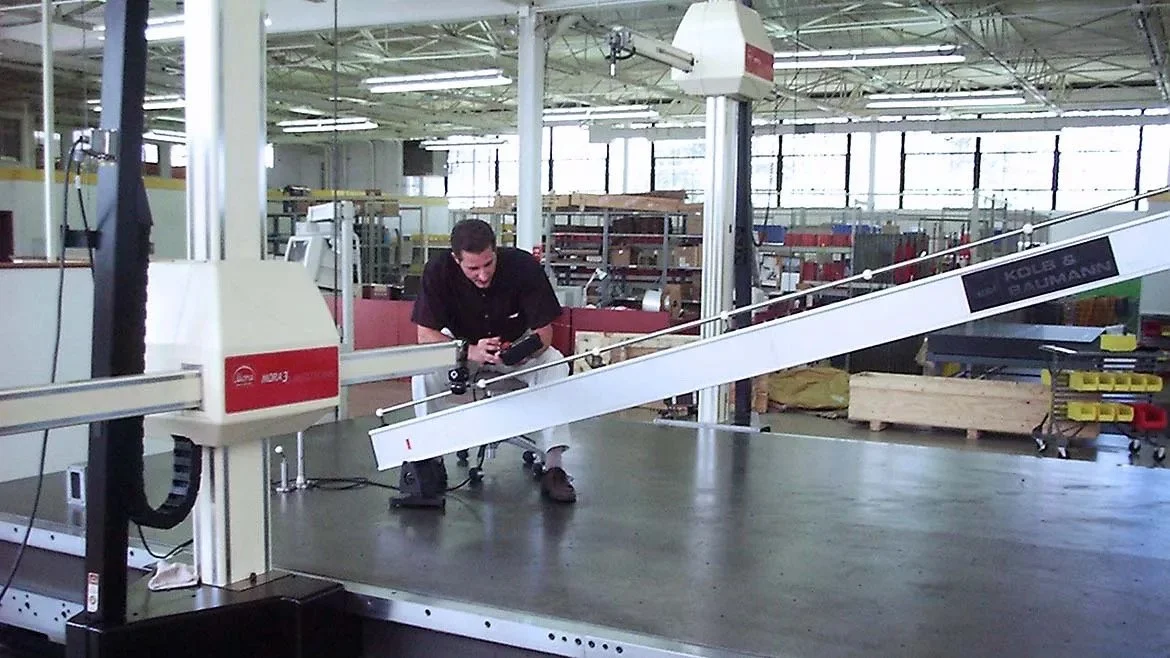
CMM Technology on the “Shop Floor”? Why Not!
“The biggest challenge with CMMs is that they are CMMs. They have been in the industry for a very long time and typically have a negative connotation about them. However, because they have been in the industry for so long, they are one of the most accurate, reliable, and cost-effective tools for measuring parts three dimensionally.

The Unbroken Chain of Confidence: Integrating Measurement Traceability, Advanced Uncertainty Management, and Digital Confirmation in CMM Operations
The integrity of dimensional measurement, particularly within the Coordinate Measuring Machine (CMM) discipline, is governed by a stringent framework of international standards designed to ensure comparability, consistency, and absolute confidence in the results.

Anchoring Precision: Advanced Metrological Strategies for Primary Datum Plane Establishment on Coordinate Measuring Machines
The integrity of Geometric Dimensioning and Tolerancing (GD&T) specifications hinges entirely upon the stability and accuracy of the Datum Reference Frame (DRF). As the foundation of this framework, the primary datum plane—typically designated Datum A—serves the critical function of establishing the initial orientation and location of a manufactured component in three-dimensional space.
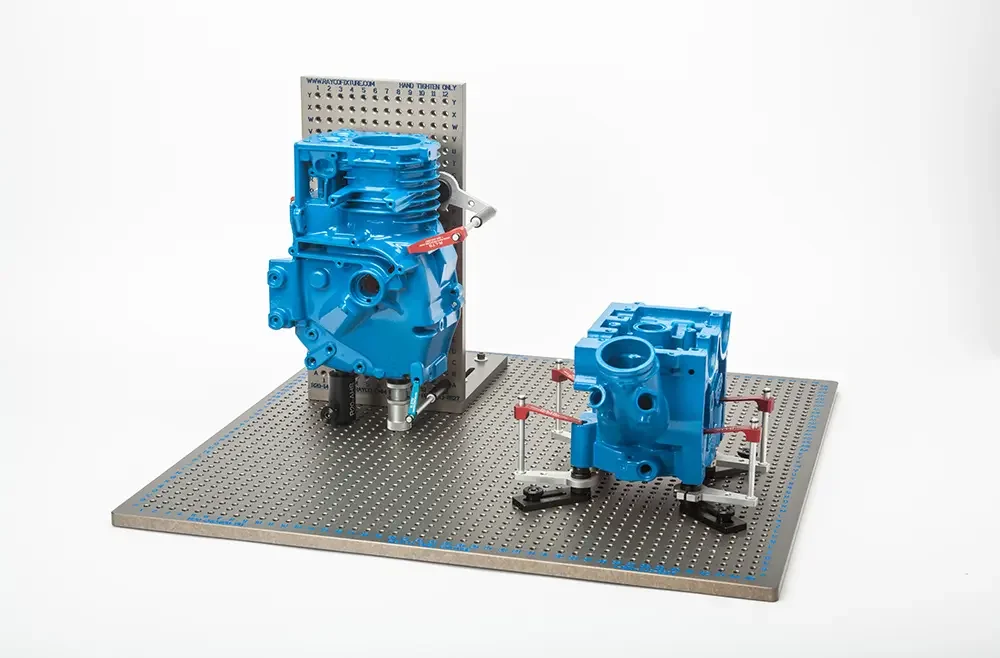
Precision Metrology Fixturing: Principles of Kinematic Design and Non-Deforming Part Clamping for CMM Systems
Coordinate Measuring Machines (CMMs) represent the foundational technology for precision quality control in modern manufacturing, largely replacing traditional, time-intensive methods reliant on single-purpose gauges and inspection fixtures.
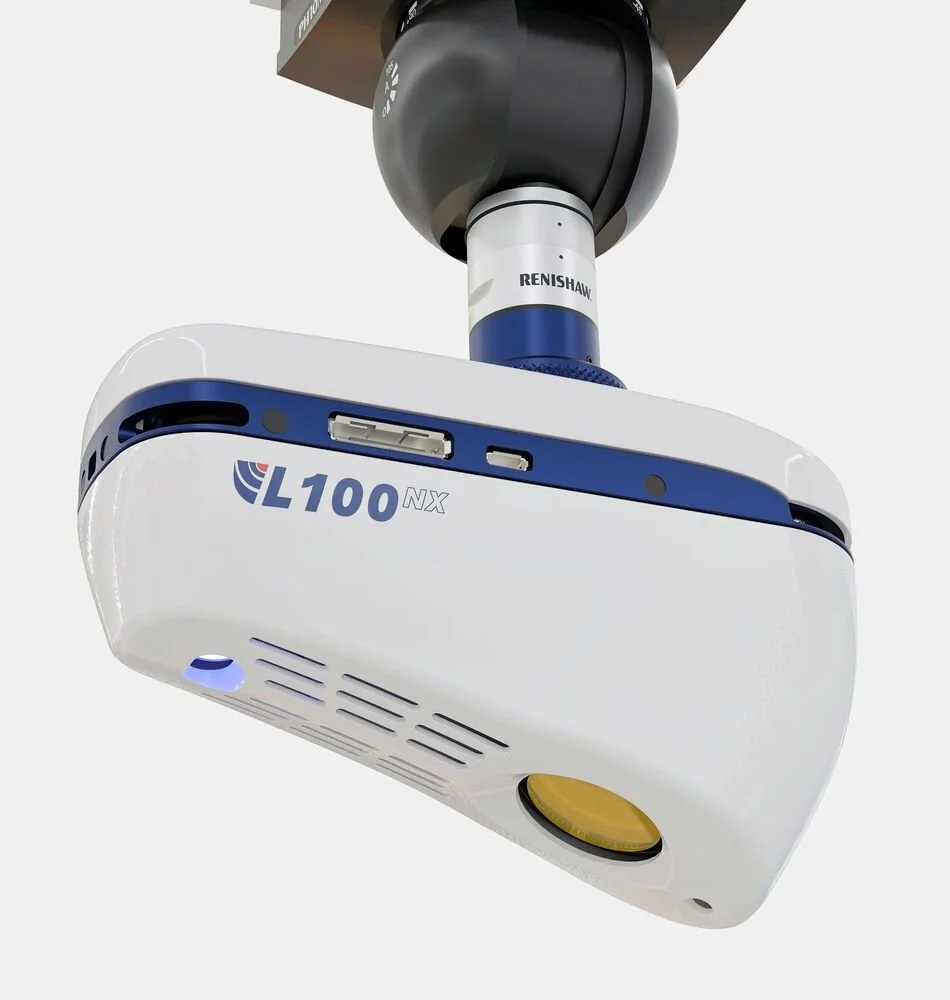
Blue laser technology enhances accuracy in coordinate metrology
LK Metrology has introduced the L100NX, a new blue-laser scanner for coordinate measuring machines that enhances accuracy and data quality in precision inspection. Combining intelligent sensor control with improved usability, the system sets the stage for faster, more reliable measurement of complex components.
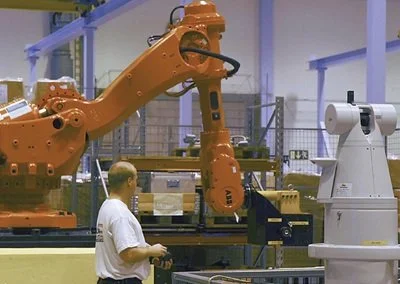
Metrology automation is here and now
Even if you do not see or use these robots on a daily basis, they are working behind the scenes nonetheless. They helped to build the car you drive, the phone constantly within your reach, and the computer you depend on.
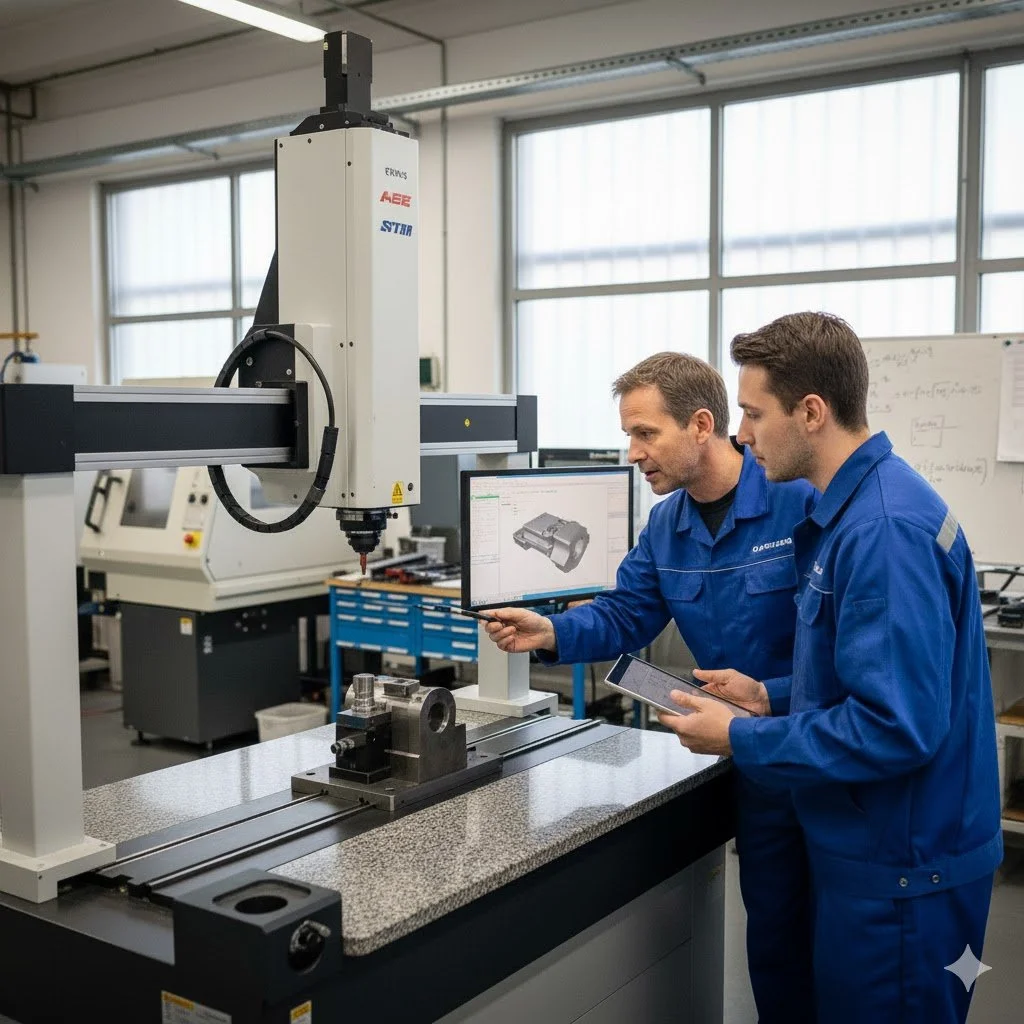
Revolutionizing CMM Training: From Intensive 5-Day Classes to Sustainable Mentoring and Long-Term Coaching
In the precision-driven world of manufacturing and quality control, Coordinate Measuring Machines (CMMs) stand as indispensable tools for ensuring dimensional accuracy and compliance with stringent standards. However, mastering CMM software and the intricate methodologies of metrology—encompassing everything from probe calibration to geometric dimensioning and tolerancing (GD&T)—is no small feat.
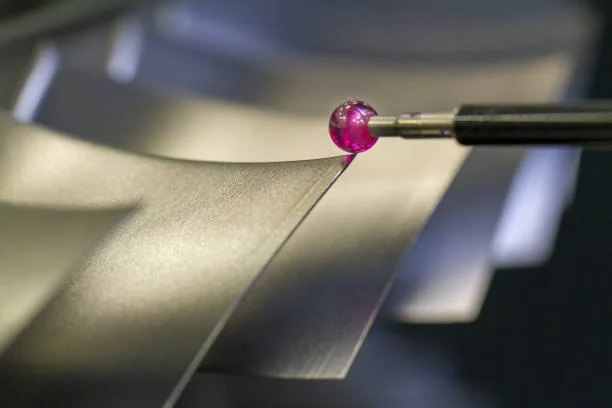

How to choose the right 3D metrology software solution
In manufacturing and quality inspection, selecting the right 3D metrology software solution is essential to ensure accurate results, efficient workflows, and compliance with industry standards. Many companies make the mistake of buying measurement hardware first and then patching together different software tools—which can lead to inconsistent data and wasted effort. In this article, you’ll discover how to evaluate and choose metrology software that supports GD&T, handles large point clouds, integrates across devices, and scales with your operation.
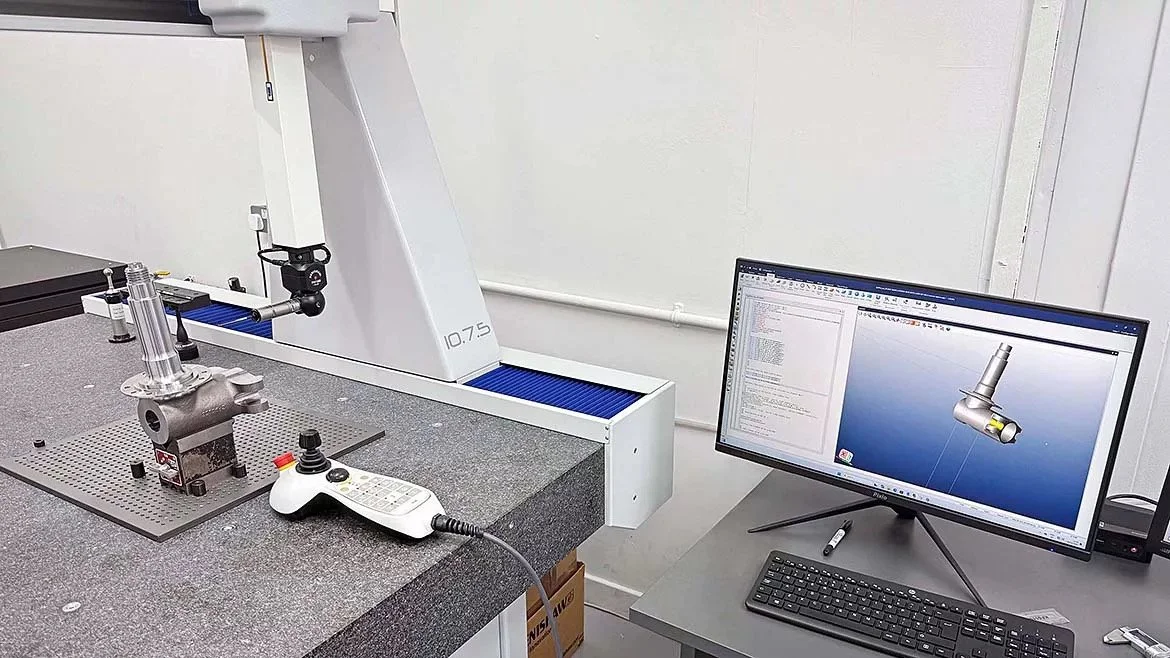
Precision Engineering Firm Invests $339,187 to Enhance Quality Control
Rodwell Powell (Basildon, England), a leading specialist in precision machining for the aerospace, defense, marine, construction, and other industries, has invested $339,187 in a comprehensive renovation of its inspection department. The centerpiece of the upgrade was the acquisition of two coordinate measuring machines (CMMs) manufactured by LK Metrology at its Castle Donington, Derbyshire, factory.

Measuring Roughness with Coordinate Measuring Machines
The measurement of roughness close to production is becoming increasingly important. In connection with the measurement of gears, roughness parameters are of great interest, for example, as they not only describe the surface topography in the micro- and nanometer range, but also characterize the running behavior of gearboxes. In addition to roughness, waviness also plays a role.
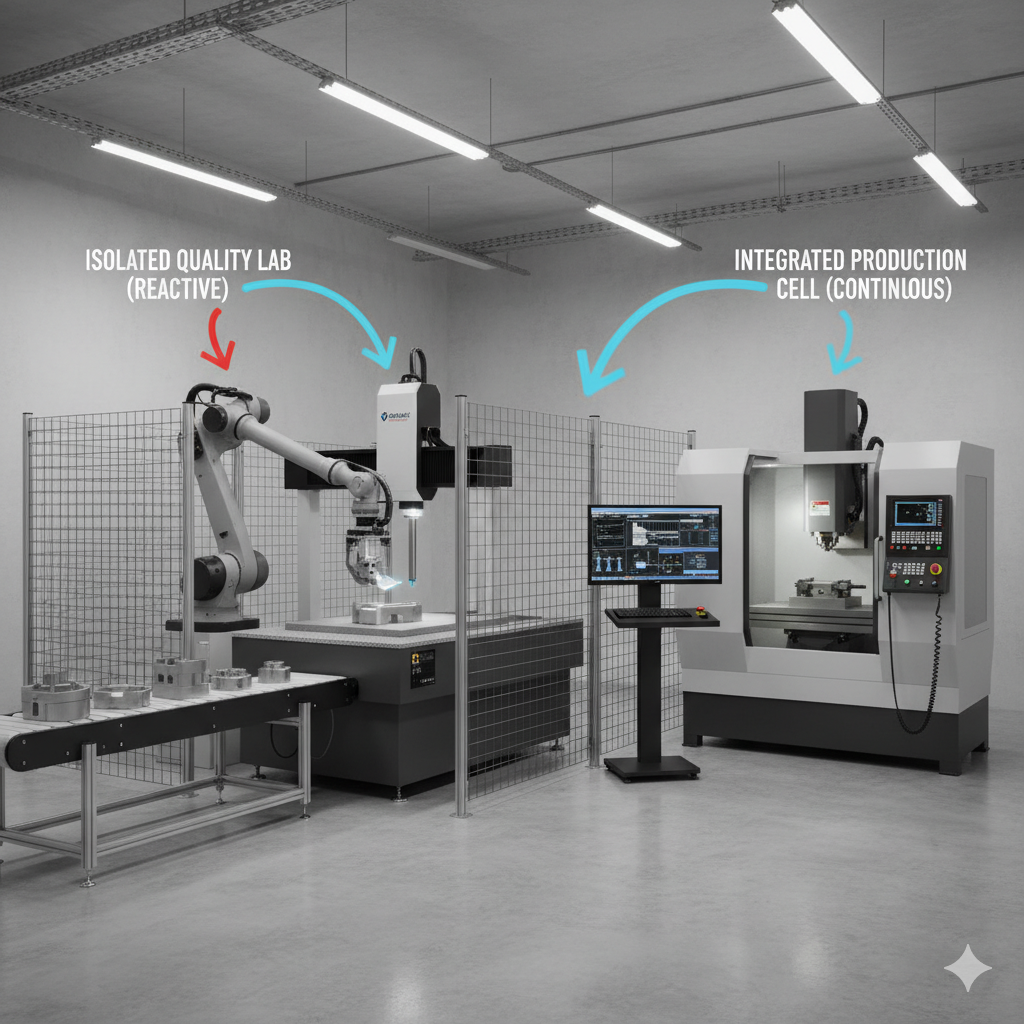
The Evolution of Metrology in the Digital Age: The Strategic Role of Coordinate Measuring Machines in Industry 4.0
The global manufacturing landscape is undergoing a fundamental transformation driven by Industry 4.0, a paradigm shift that integrates intelligent digital technologies into industrial processes. This revolution moves beyond simple automation to create interconnected, data-driven ecosystems known as smart factories. At the heart of this transformation is a new approach to quality management, termed Quality 4.0, which redefines quality from a reactive, post-production check to a proactive, integrated driver of efficiency and innovation.
